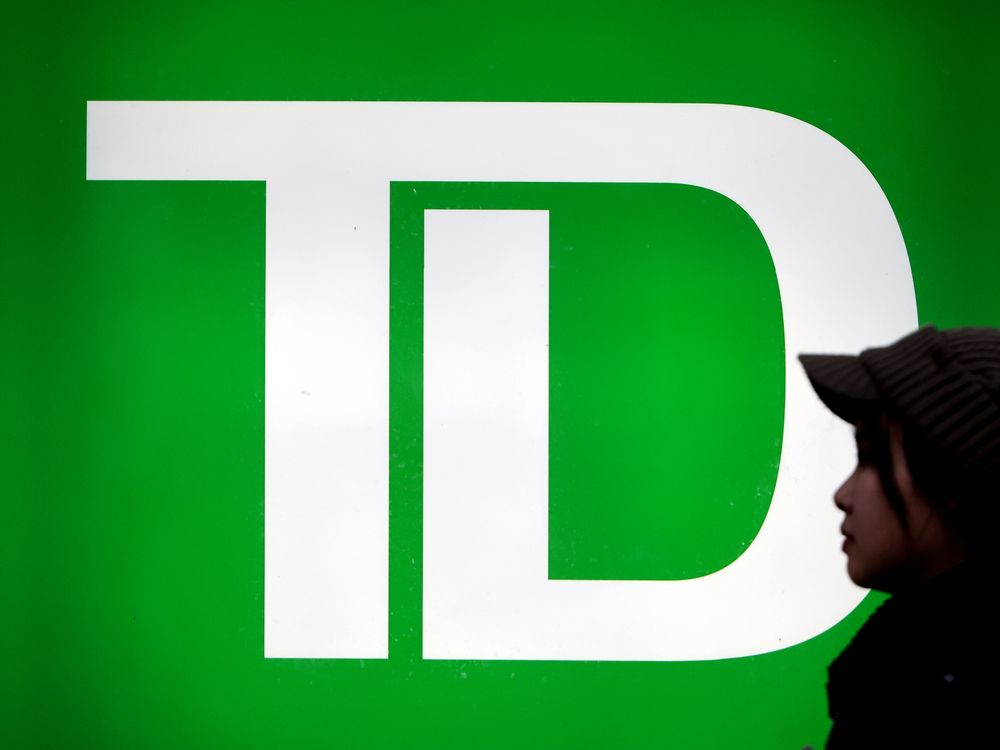Central bank research finds that Canadians already have plenty of payment options
Article content
If the Bank of Canada rolled out a digital currency to enable Canadians to make cashless payments, it would only gain traction if those who already have access to a range of payment options were to use it at scale, which in turn would convince businesses to accept it, according to new research from the Bank of Canada.
Gaining this widespread adoption would be a tough slog, the staff discussion paper published Aug. 10 said, since there would be a “weak” incentive for those who already have plenty of options when it comes to paying for goods and services.
Advertisement 2
Article content
Article content
“This suggests that addressing unmet payment needs for a minority of consumers by issuing a CBDC (central bank digital currency) could be challenging under the conditions explored in this paper,” the authors said. “The minority of consumers with unmet payment needs will only be able to benefit from a CBDC if the majority of consumers experience material benefits and therefore drive its use.”
The Bank of Canada, like other central banks around the world, has been exploring whether there’s a case to be made for launching government-backed fiat currencies in digital form, even asking Canadians for their thoughts on the matter in the spring of 2023.
Cashless society
So far, the central bank has identified two scenarios that could warrant the introduction of a general-purpose, cash-like central bank digital currency: the emergence of a cashless society or the widespread use in Canada of an alternative digital currency such as bitcoin or one issued by a foreign central bank.
A key concern with a cashless society is that some people may no longer be able to make payments and participate fully in the economy. The Bank of Canada’s research paper looked at whether a CBDC geared to payments would close such a gap, but found that only a small percentage of consumers are not part of a typical, well-connected cohort that has access to multiple payment methods, including cash, bank accounts and debit or credit cards.
Article content
Advertisement 3
Article content
This group, including 98 per cent who have a bank account and debit card and 87 per cent who also have a credit card, “does not face meaningful barriers to accessing financial services or payment methods” that include e-transfer, pre-authorized payments, online bill payments and chequing accounts.
Even early adopters who seize upon new technologies or generally avoid cash still tend to carry it, according to the report, and Bank of Canada surveys showed that only one per cent of the 13 per cent of Canadians who owned bitcoin in 2021 reported using it to make a payment in the week prior to being asked.
If cash suddenly disappeared, “most people — represented by the typical consumer and the early adopter groups — would continue to have their usual payment needs met without cash by using various electronic methods,” the report said.
Canadians connected
One reason is that Canadians are very connected online. Almost all urban households and more than 90 per cent of all households, which includes those in rural areas, had access to high-quality internet services at the end of 2021, and 95 per cent of Canadians 15 and older had used the internet by 2022, according to the report.
Advertisement 4
Article content
“These data indicate that most Canadian consumers can access a range of payment options at physical points of sale, for person-to-person and online transactions, and to pay bills,” the report’s authors said.
The paper said that a universally accessible CBDC that facilitated online purchases could benefit the small group of cash-dependent consumers, including those who did not have a bank account — as well as allow users to maintain a high level of counterparty privacy, which could benefit consumers who want greater privacy in payments — but the researchers concluded that their participation would not be enough for it to gain widespread appeal.
The authors laid out several factors to show why widespread adoption would be necessary, albeit unlikely from a practical perspective, even though all consumers would see some benefit from a CBDC with offline capability that could be used if electronic payment methods faced disruptions.
They said there is something of a domino effect when new technology is rolled out, and that a CBDC would be introduced into a payments system with established dynamics. New technology typically comes with an initial slow-growth period of experimentation, driven by early adopters motivated by their interest in technology, beliefs about the future and the influence of their social networks, the report said.
Advertisement 5
Article content
Without a big consumer push, particularly given the weak incentive for many Canadians who have a range of other payment methods available to them, merchants are unlikely to use the new currency since “evidence shows that consumer adoption and use are the dominant factors” driving any new payment method.
“A CBDC would have to offer compelling advantages to motivate these consumers — particularly the typical, well-connected consumers who account for most of the market — to adopt and use CBDC at sufficient scale to generate widespread merchant acceptance,” the authors said.
“Without the dominant consumers adopting and using CBDC at scale, merchants are unlikely to undertake the effort and expense to accept CBDC for payments. And that means that consumers with unmet payment needs in this environment cannot benefit from CBDC.”
• Email: bshecter@postmedia.com | Twitter: BatPost
Article content
Bank of Canada digital loonie would struggle to gain acceptance
2023-08-14 16:11:26







Comments
Postmedia is committed to maintaining a lively but civil forum for discussion and encourage all readers to share their views on our articles. Comments may take up to an hour for moderation before appearing on the site. We ask you to keep your comments relevant and respectful. We have enabled email notifications—you will now receive an email if you receive a reply to your comment, there is an update to a comment thread you follow or if a user you follow comments. Visit our Community Guidelines for more information and details on how to adjust your email settings.
Join the Conversation